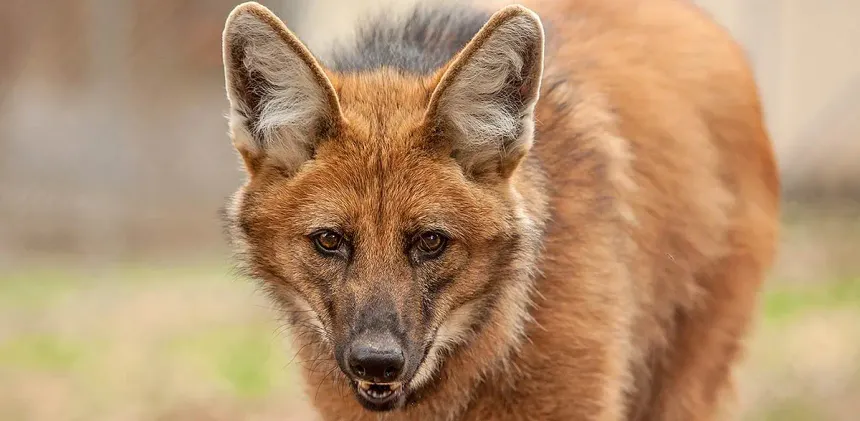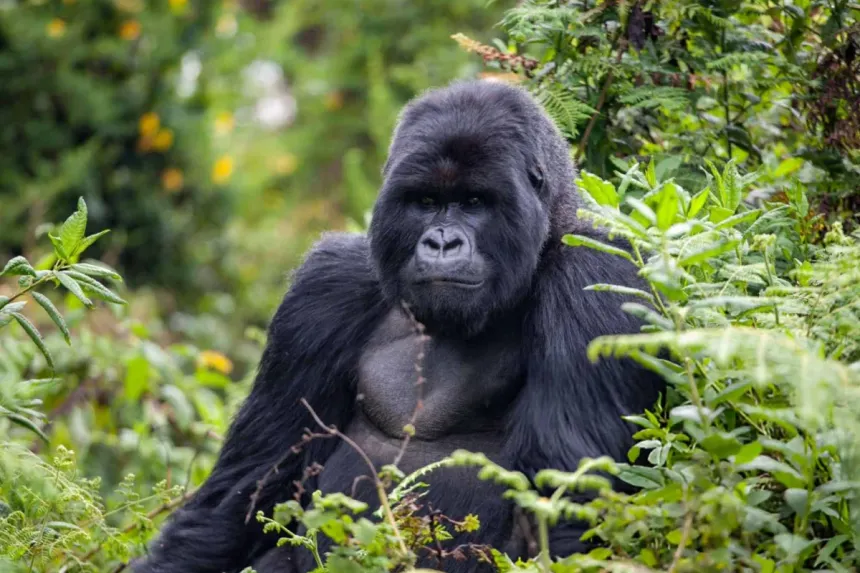Fascinating Facts About Ants
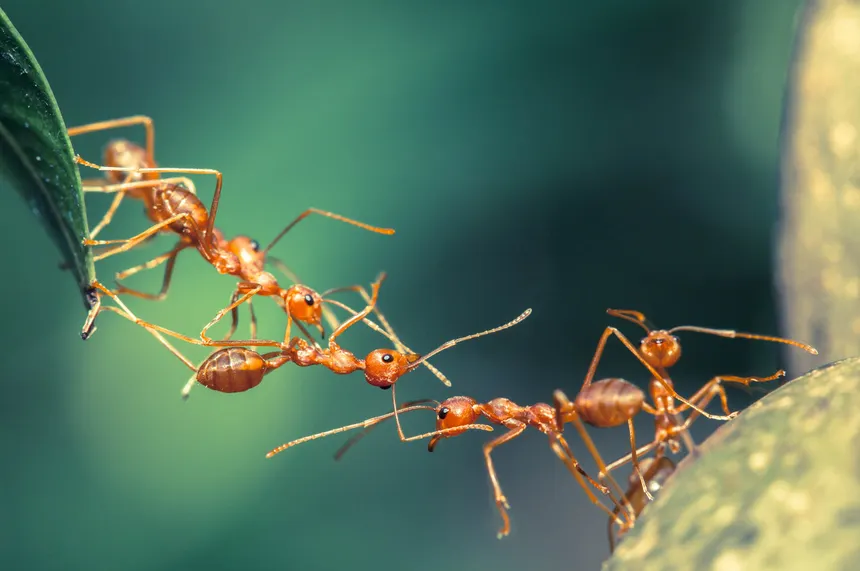
Ants are some of the most successful and diverse creatures on Earth, thriving in nearly every ecosystem. Though tiny, their influence on the environment is enormous—from engineering soil to controlling pest populations. With over 12,000 known species (and possibly thousands more undiscovered), ants exhibit remarkable behaviors such as farming, warfare, communication, and construction. This article dives deep into the fascinating world of ants and reveals why these insects are among the planet’s most extraordinary animals.
1. Global Citizens
- Ants are found on every continent except Antarctica.
- They thrive in deserts, rainforests, cities, and even inside our homes.
- Scientists estimate ants make up 15–25% of the terrestrial animal biomass in many ecosystems.
2. Incredible Strength
- Ants can carry 50 times their own body weight.
- Their muscles are thicker relative to body size than most animals, giving them exceptional power.
3. Complex Social Structure
- Ant colonies have a highly organized hierarchy:
- Queen: The sole egg-layer in most colonies.
- Workers: All-female ants that forage, care for the young, and defend the nest.
- Males (drones): Exist only to mate with the queen and die soon after.
4. Massive Colonies
- Some supercolonies, like those of the Argentine ant, span thousands of kilometers.
- The largest known ant colony stretches over 6,000 km (3,700 miles) across Europe.
5. Communication Through Chemicals
- Ants communicate via pheromones, using them to mark trails, signal danger, or call for help.
- They also use touch and sound, especially in darker environments like underground tunnels.
6. Farmers and Herders
- Leafcutter ants cut and transport leaves to grow fungi, which they eat—a form of agriculture.
- Some ant species “farm” aphids, protecting them in exchange for sugary honeydew secretions.
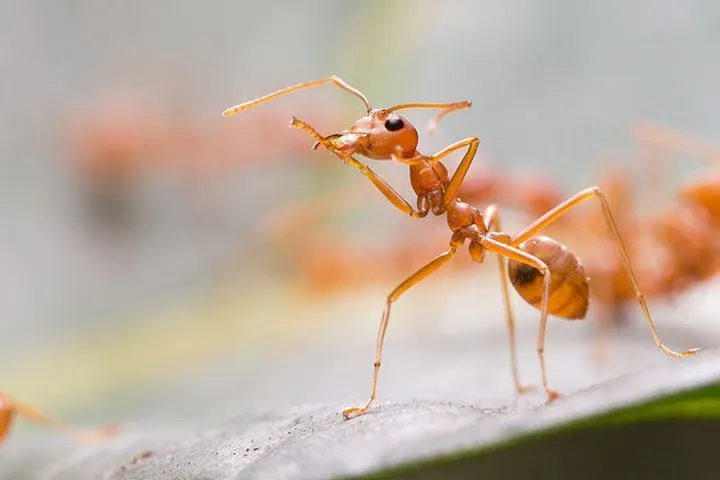
7. Skilled Architects
- Ants build complex underground nests with ventilation systems and multiple chambers.
- Weaver ants use silk produced by their larvae to stitch leaves into elaborate tree nests.
8. Warriors of the Insect World
- Some ants engage in organized colony warfare, launching large-scale attacks against rivals.
- Army ants are nomadic and swarm in massive numbers, devouring anything in their path.
9. Unique Species Traits
- Bullet ants in South America have the most painful sting of any insect, described as “pure, intense, brilliant pain.”
- Trap-jaw ants have jaws that close at speeds up to 140 mph (225 km/h)—one of the fastest movements in the animal kingdom.
- Slave-making ants raid other colonies and enslave their workers to do labor.
10. Long-Lived Queens
- Ant queens can live for 10 to 30 years, depending on the species.
- In contrast, most workers live from a few weeks to a few years.
11. Self-Sacrifice for the Colony
- Worker ants often sacrifice themselves for the good of the colony, such as blocking intruders or exploding (in the case of “kamikaze” ants) to release sticky defensive substances.
12. Ants and the Environment
- Ants aerate the soil, improve nutrient recycling, and spread seeds, making them essential to ecosystems.
- Some plants rely entirely on ants for seed dispersal—a process known as myrmecochory.
13. Natural Pest Controllers
- Ants prey on other insects and help control pest populations naturally.
- Some farmers encourage ants as part of biological pest control in crops like cocoa and coffee.
14. Adaptation and Evolution
- Ants have evolved over 100 million years, first appearing during the time of dinosaurs.
- Fossil records show prehistoric ants that were over 3 cm (1.2 inches) long.
15. Threats to Biodiversity
- Some ant species, like the red imported fire ant, are invasive and cause ecological and economic damage.
- They outcompete native species and disrupt local ecosystems.
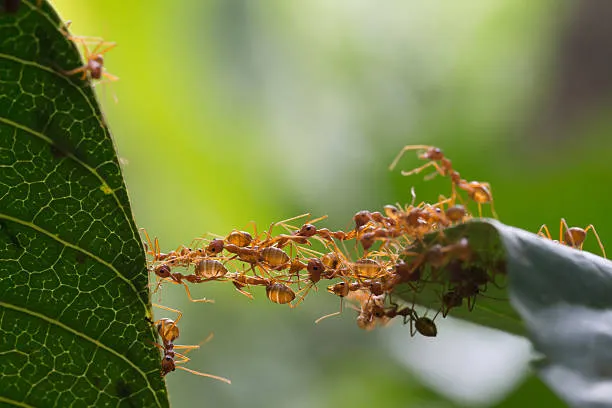
Conclusion
Ants are more than just common backyard insects—they’re builders, warriors, farmers, and collaborators that showcase the power of community, resilience, and adaptability. Despite their size, ants play a massive role in shaping Earth’s ecosystems and offer valuable insights into teamwork, engineering, and evolution. From the ground beneath our feet to the highest trees, ants quietly run a world of their own—an empire built on cooperation and astonishing biological efficiency.


